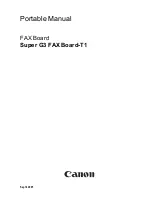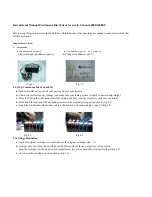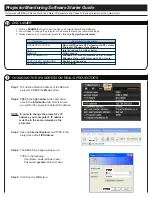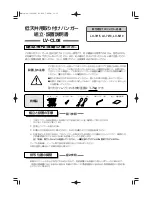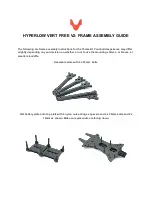
7
TMA-122 configuration – Tune up
The TMA-122 is a microwave sensor for intersection management. The output consists of 2 relays which
can be triggered on movement and/or when vehicles stop at the stop line. The product can count the
vehicles which are passing the stop line.
1 PARAMETERS DESCRIPTION
See further in this document, Title 3, p. 8 for the parameters setting.
1.1
D
ISTANCE
“
MOVEMENT
”
The TMA-122 detects the movement at a distance of about 60 meter from the installation point. It is possible to
limit this distance to 20 m with encoder 1 (see Title 3.1.1, p. 8). When a movement is detected in this area, the
radar toggles the relay 2. When there is no vehicle or only stopped vehicle(s) (no movement), the relay is not
activated.
1.2
D
ISTANCE
“
PRESENCE
”
The TMA-122 detects the moving and stopped vehicles at a distance of 10 or 15 m from the installation point.
When a movement is detected in this area, the radar toggles the relay 1 and tracks the vehicle. It holds the relay
activated as long as the vehicle is in the detection area, be the vehicle moving or not.
1.3
M
AXIMUM RELAY HOLD TIME
This setting defines the maximum hold time for the relay. After this time, the radar will reset the relay, regardless
of the presence of a vehicle.
1.4
S
ENSITIVITY SETTING
The factory setting fulfills the requirements of the majority of the installations. If the position or the size of the
detection area is not satisfactory, change first the position of the radar (tilt angle and/or height of installation).
1.5
S
ELF
-
MONITORING
The self-monitoring monitors the following parts of the hardware:
-
Micro-wave device (VCO)
-
Mixers
-
Analogic format channel
-
Analogic/digital converter
-
Micro-processor oscillator
-
Code running
When a failure is detected, the relays are permanently actuated and the LEDs flashing show an error code (see
further, title 2.2, p. 8). The radar is reset after 1 hour.
1.6
RF
CHANNEL
This parameter allows to shift the radar’s frequency. If two units face each other, they must be put on different
channels, so they don’t interfere with each other.














